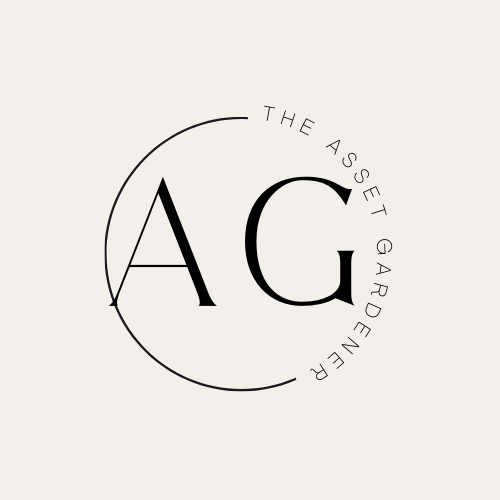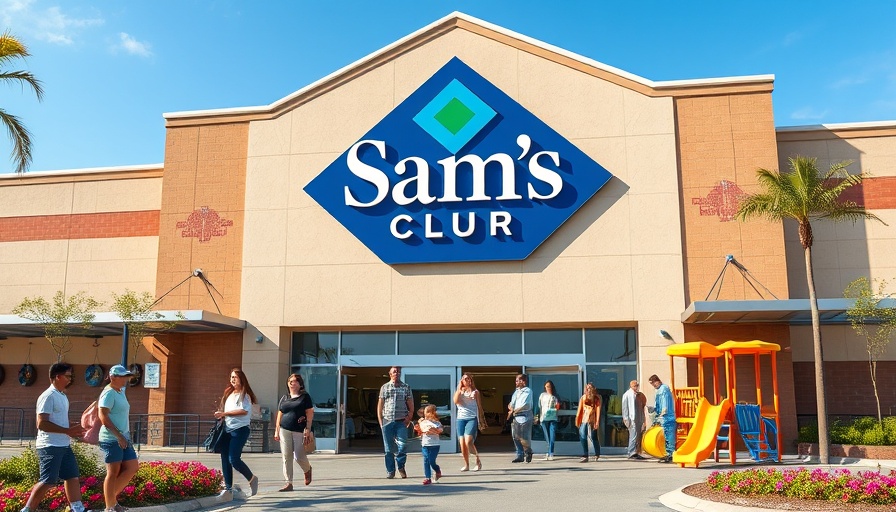
Understanding the Hidden Costs of Convenience
In today’s rapidly paced world, convenience is more than just a luxury; it’s often a necessity. But while it saves us time and stress, the hidden costs associated with convenience can create significant challenges, especially for entrepreneurs, small business owners, and anyone trying to balance multiple responsibilities.
Why Convenience Matters and What it Costs Us
Convenience may seem harmless, as it's advertised as the ultimate solution for busy lifestyles. However, as explored in articles from Love To Frugal and MoneyLion, this convenience can actually become quite costly. From delivery fees that inflate the prices of our favorite takeout meals to subscription services that drain our finances without providing real value, these are choices we make that can lead to long-term financial stress.
Food Delivery: A Quick Fix That Costs More
Let's take food delivery as an example. Yes, ordering a meal with just a few taps saves time; however, the cumulative costs of service fees, tipping, and marked-up menu prices can escalate quickly. For instance, instead of ordering from a delivery app, planning a home-cooked meal can save anywhere from $10 to $15 per meal. Over a month, if you replace five delivery meals with homemade options, you could save $75. Becoming aware of these savings changes how we view convenience.
Subscription Services: Periodic Bills that Add Up
Subscription services are another area where convenience creeps in unnoticed. Many people don’t realize that they’re paying for services they rarely use. Canceling services like a $10 monthly gym subscription can lead to savings of $120 annually! Regularly reviewing our subscriptions can help reclaim funds for more valuable investments like education or emergency savings, reinforcing the importance of mindful spending.
Building Mindfulness into your Spending Habits
So how can we combat the hidden costs of convenience? Begin by adopting mindful spending practices. This means pausing to evaluate whether the convenience is justifying the cost. Tools like budgeting apps can aid in monitoring spending, allowing for more strategic financial decisions. By setting clear financial goals, whether it's saving for a vacation or retirement, the temptation of convenience often dims in comparison to achieving long-term objectives.
Achieving Financial Freedom Through Smarter Choices
The mental shift from viewing convenience as an unavoidable expense to recognizing it as a choice can be empowering. As you begin to confront these hidden costs, consider how alternative investments of time and effort can generate more rewarding outcomes. A little planning can foster financial stability, leading to a more balanced and fulfilling life.
In conclusion, the true cost of convenience extends beyond money; it can impact our wellbeing and personal connections as well. By being mindful about our conveniences and recognizing their cost patterns, we can reclaim control over our finances and set ourselves up for success.
 Add Row
Add Row  Add
Add 




Write A Comment